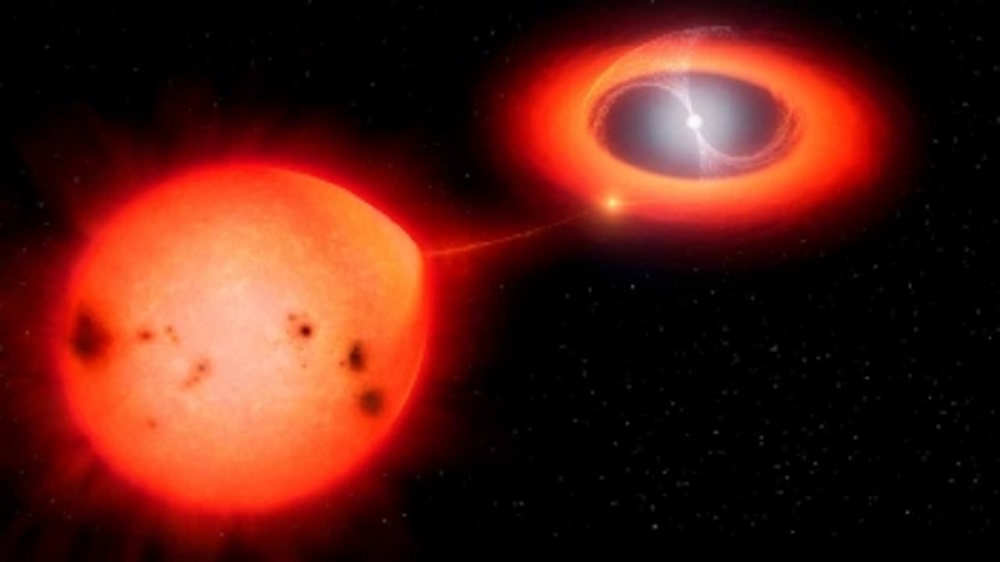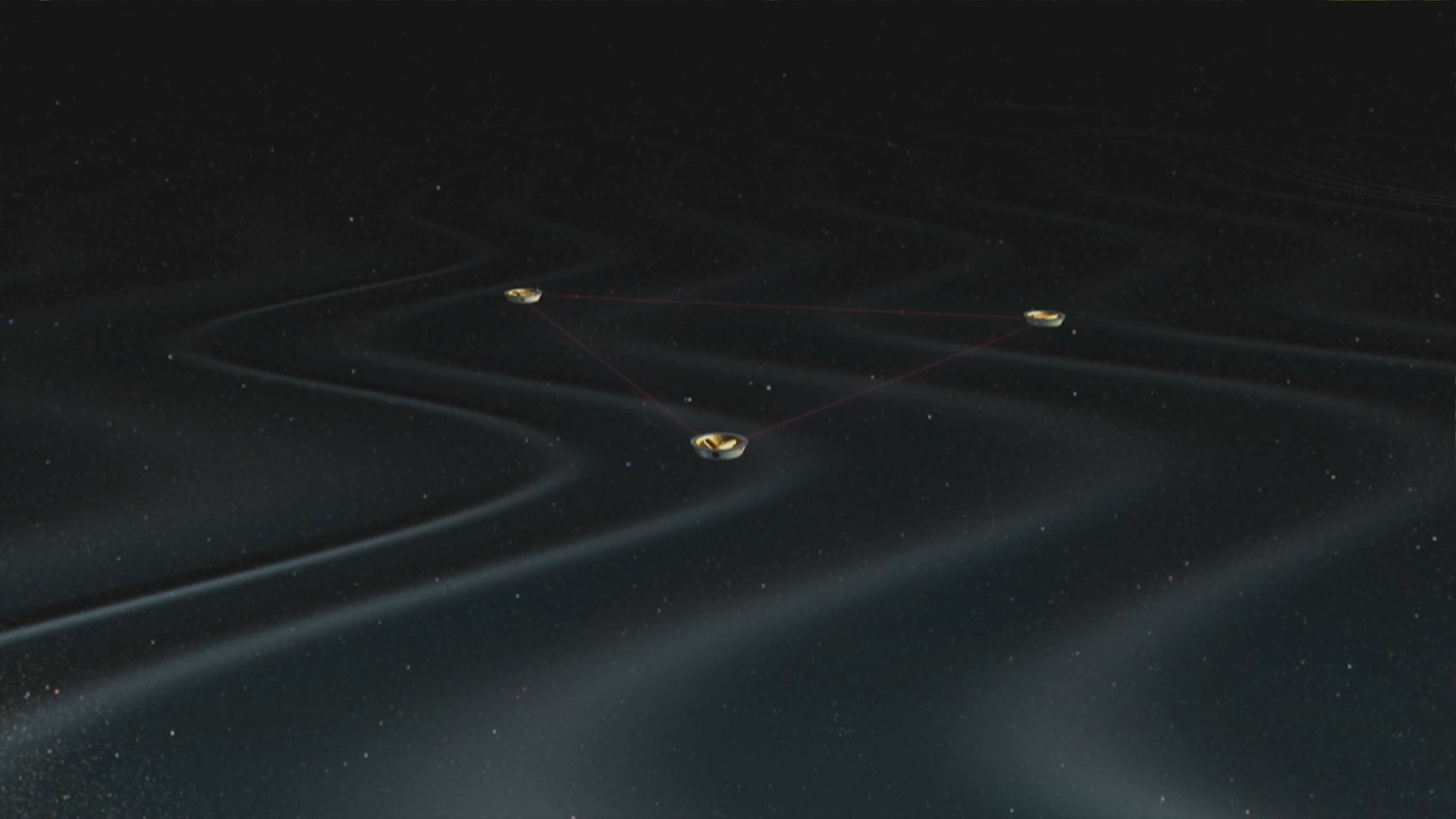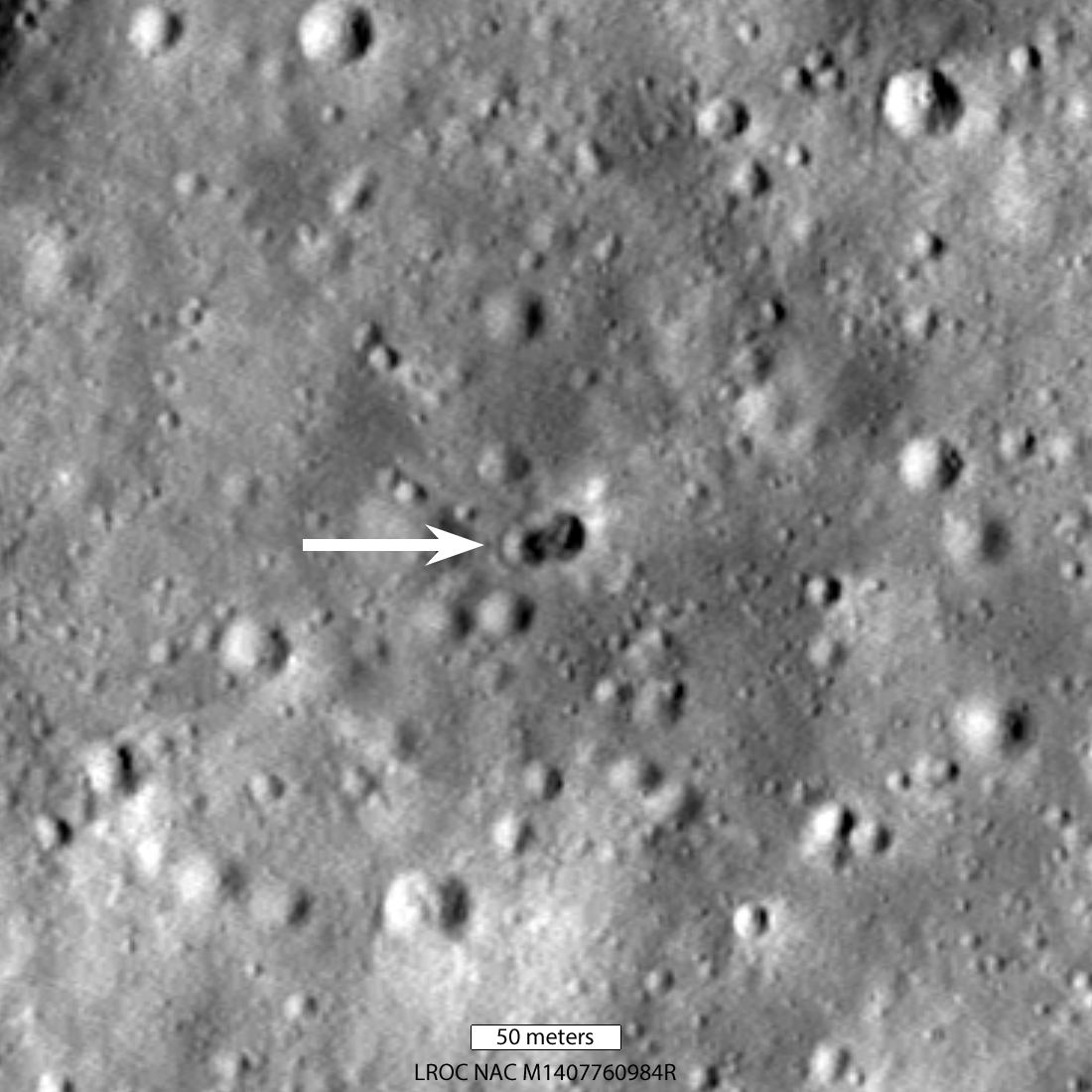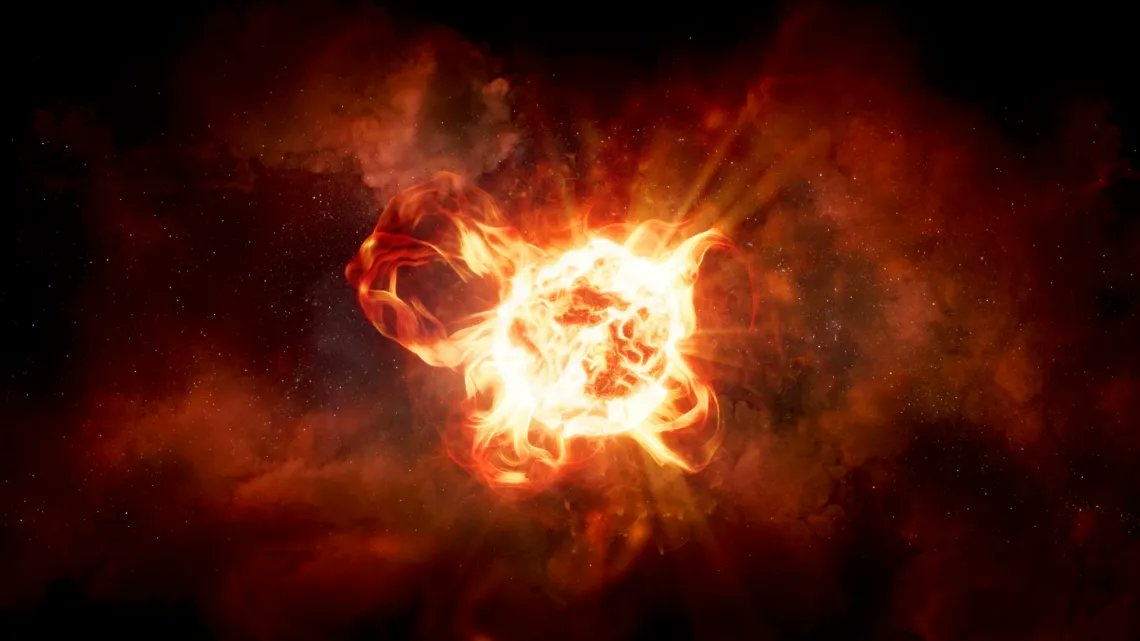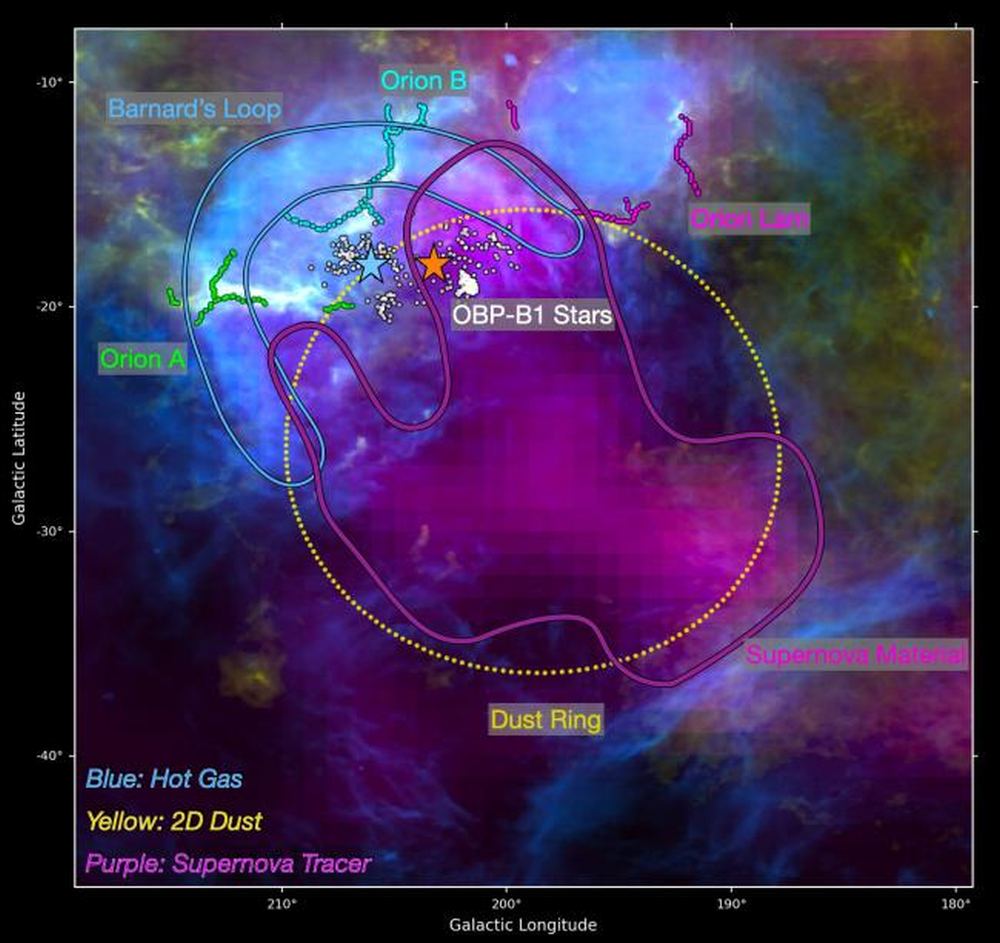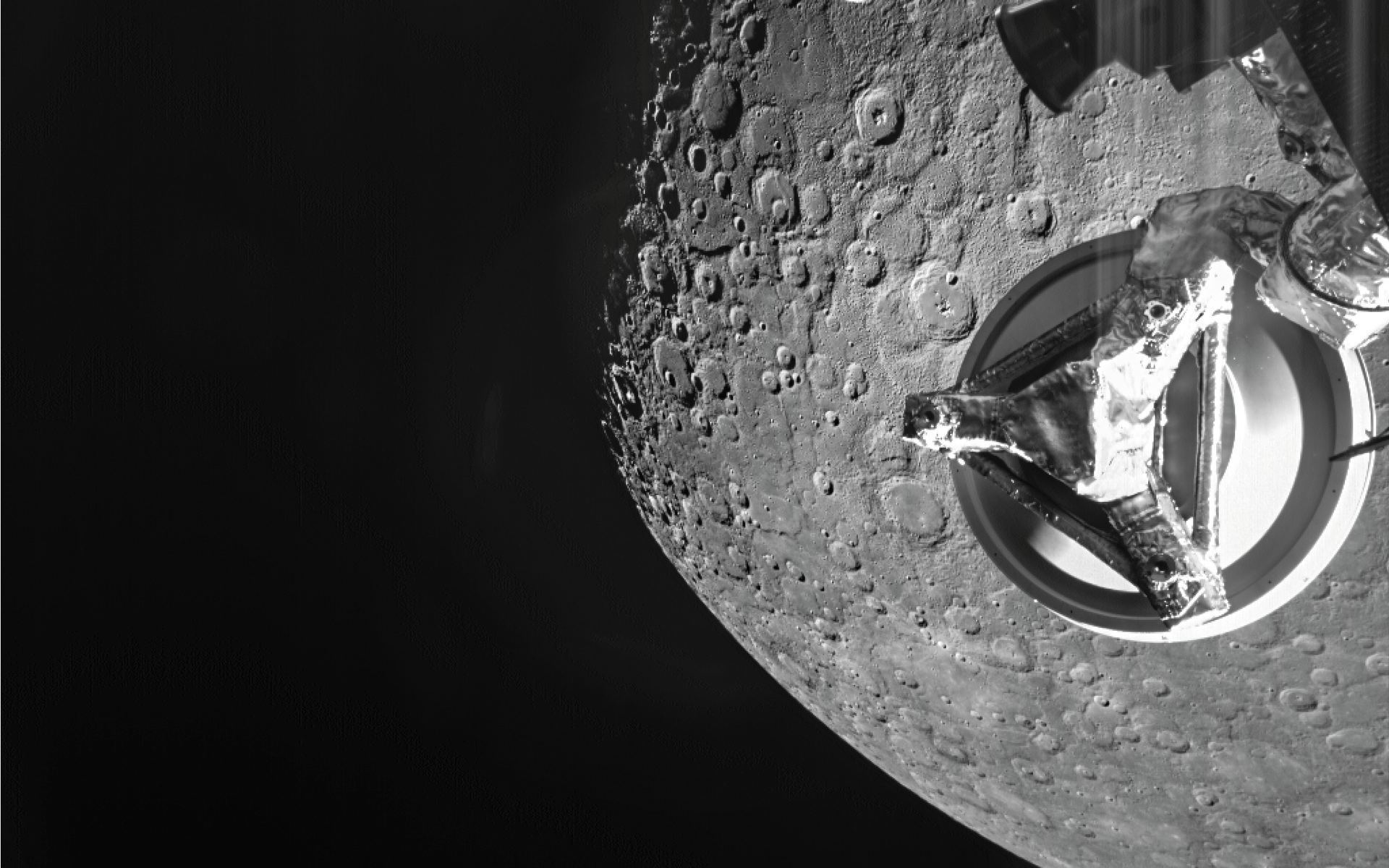Within the Solar System, most of our astrobiological research is aimed at Mars, which is considered to be the next-most habitable body beyond Earth. However, future efforts are aimed at exploring icy satellites in the outer Solar System that could also be habitable (like Europa, Enceladus, Titan, and more). This dichotomy between terrestrial (rocky) planets that orbit within their a system’s Habitable Zones (HZ) and icy moons that orbit farther from their parent stars is expected to inform future extrasolar planet surveys and astrobiology research.
In fact, some believe that exomoons may play a vital role in the habitability of exoplanets and could also be a good place to look for life beyond the Solar System. In a new study, a team of researchers investigated how the orbit of exomoons around their parent bodies could lead to (and place limits on) tidal heating – where gravitational interaction leads to geological activity and heating in the interior. This, in turn, could help exoplanet-hunters and astrobiologists determine which exomoons are more likely to be habitable.
Continue reading “Tidal Heating Could Make Exomoons Much More Habitable (and Detectable)”





